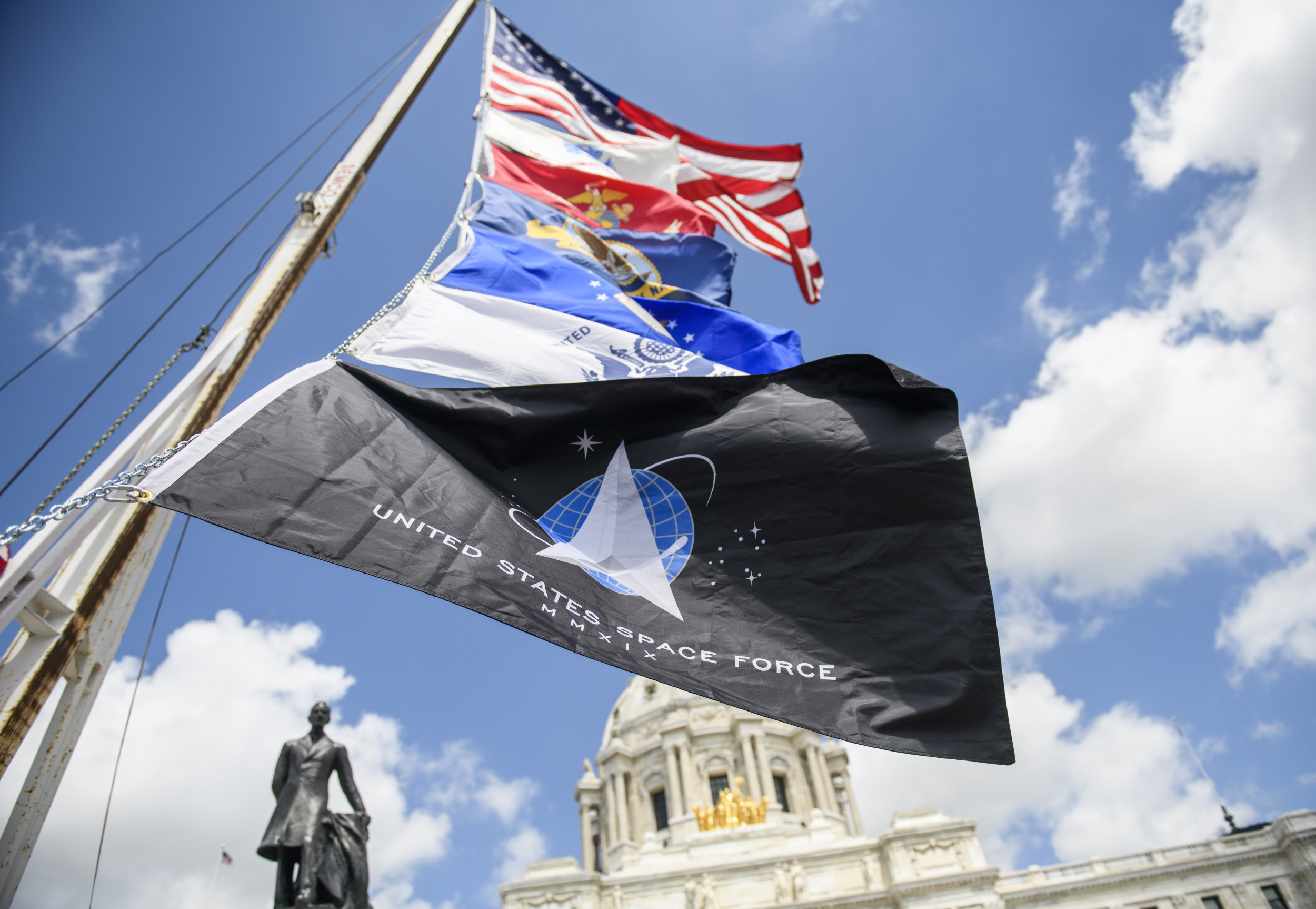As the North Atlantic Treaty Organization (NATO) marks its 75th anniversary, a reflective look into the contributions of its founding member, the United States, reveals its important role, with more than 68 percent of last year's total budget coming from the U.S. alone.
Since its inception on April 4, 1949, amid the post-World War II recovery period, NATO has stood as a bulwark of collective security against the specter of aggression, with the U.S. playing perhaps the most important role in its financial and strategic underpinnings.
The foundation of NATO, motivated by the need to secure Western Europe against the looming threat of Soviet expansion, required political and financial solidarity.
Over the past 75 years, the U.S. contributed $21.9 trillion to NATO's defense budget, according to its yearly Defense Expenditure of NATO Countries report, significantly more than its 31 peers.

That's mostly because the U.S. has a higher gross domestic product (GDP) than other countries, which is what NATO contributions are based on.
Last year, the U.S. contributed 68 percent, which worked out to be 3.49 percent of America's total GDP for $860 billion of the $1.26 trillion NATO spent. Canada contributed 1.38 percent of its GDP at $28.95 billion (2.29 percent of total contributions), while the collective European allies accounted for $375.1 billion (29.68 percent) of the total budget.
According to its website, in 2014, NATO signed the Defense Investment Pledge, urging member countries to allocate at least 2 percent of their GDP toward defense spending. It is a guideline that acts as more of a recommendation than requirement.
It was hoped that countries contributing less would endeavor to meet the target by 2024. NATO said that by the end of this year, 18 allies are expected to meet the guideline, a six-fold increase from when the pledge was signed in 2014.
Last year, Poland allocated 3.9 percent of its GDP, surpassing the U.S. in percentage terms. Greece, Estonia, Lithuania, Finland, Romania, Hungary, Latvia, the U.K. and Slovakia contributed more than the 2 percent guideline last year.
The investments do not translate into direct payments to NATO. They encompass national defense spending, including domestic personnel costs, equipment purchases, and infrastructure investments, which supports NATO's operational readiness and its strategic initiatives across the globe.
The alliance now includes 31 member countries across North America and Europe, with Finland and Sweden the newest. They joined on April 4, 2023, and March 7 of this year, respectively, spurred by Russia's invasion of Ukraine on February 24, 2022.
NATO's composition is marked by the absence of major powers like China, India, Japan, and Russia.
Uncommon Knowledge
Newsweek is committed to challenging conventional wisdom and finding connections in the search for common ground.
Newsweek is committed to challenging conventional wisdom and finding connections in the search for common ground.
About the writer
Aj Fabino is a Newsweek reporter based in Chicago. His focus is reporting on Economy & Finance. Aj joined Newsweek ... Read more
To read how Newsweek uses AI as a newsroom tool, Click here.








